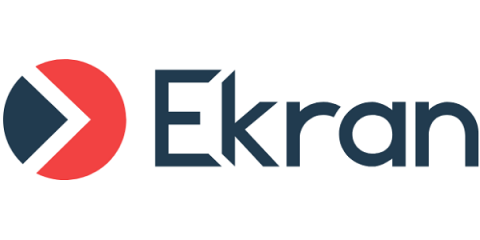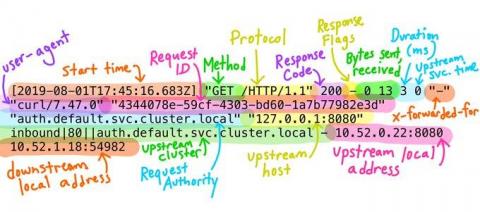Shadow IT shaken with a mobile twist
If you bring up the topic of “shadow IT” to your head of IT, you will likely get a lecture about how employees need to follow protocol when using cloud cloud services so they don’t put the organization at risk. They’re not wrong. Without proper protection, unsanctioned tools can have significant consequences and unintentionally introduce security gaps.










